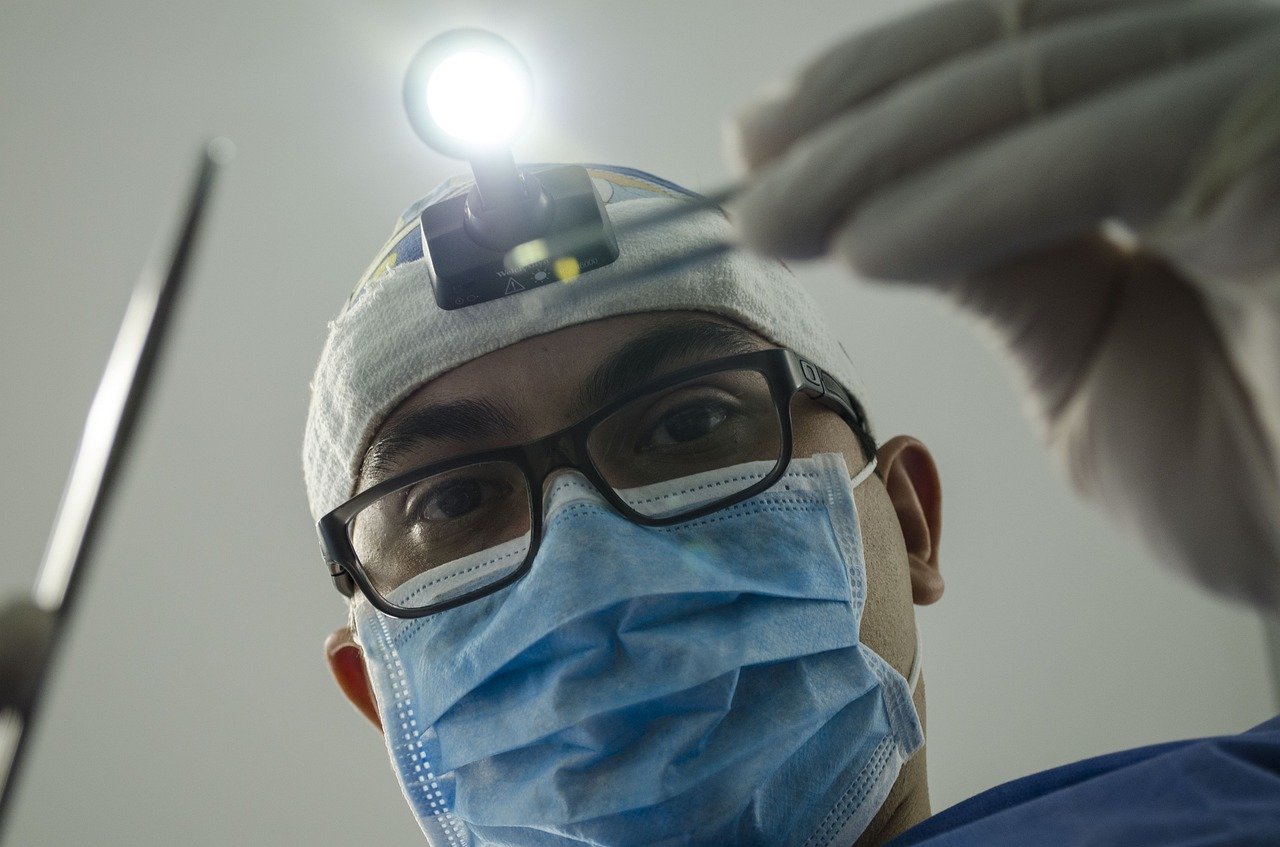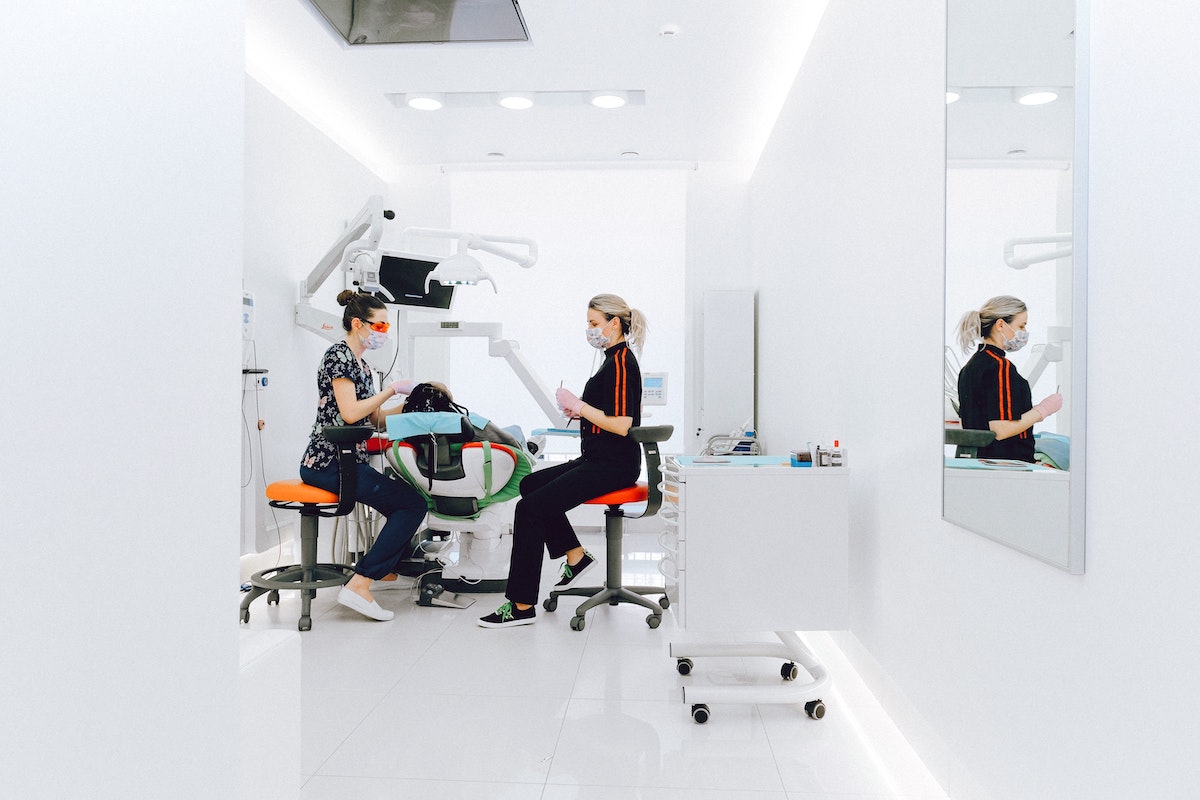Dental fillings are the most common and safest treatments for tooth decay. When getting a filling, some minor pain and tooth sensitivity is normal. The pain usually goes away after a few hours, though, but sensitivity to hot and cold liquids might last up to a week.
But what if there is severe pain after a filling, or it doesn’t go away? Or what if the pain goes away and then returns? These are signs that it is time to call the dentist for a follow-up appointment.
Dental Fillings are a Common Dental Procedure
Dental fillings treat cavities. Cavities are holes in teeth caused by the acid produced by bacteria. Cavity filling is a straightforward way to stop the decay and strengthen the tooth. Multiple cavities may be filled in a single visit. There are several different materials used in dental fillings, and dentists will select the one that is best.
Fillings are among the simplest dental procedures. The dentist first injects local anesthetic (usually Novocaine) to numb the area around the tooth. Patients usually experience pain similar to a pin prick or a pinch before the area becomes numb. Once the area is numb, the dentist grinds away the decayed parts of the tooth. Next the dentist cleans the tooth before applying the filling material. Lastly the tooth is polished and filed so that the filling does not affect the patient’s bite. Ordinarily no follow-up visits are required, and patients can resume normal activities after the treatment.
Normal Pain After a Filling

Some minor pain and discomfort is normal after a filling, especially during the first few hours. It is normal to feel tingling and maybe even some twitching as the local anaesthetic wears off.
If the pain does not go away within several hours, then there could be issues with the procedure. Sometimes the pain can subside and return later. This might mean that there is still decay around the filling, or that the cavity was more extensive than previously thought.
The filled tooth and the area around it might also be sensitive to hot and cold liquids for some time afterward. This sensitivity can last up to a week. It normally feels like a sharp pain in the sensitive area of the filling. If the pain lingers after the initial shock or the sensitivity does not go away after a week, it could mean there is a problem related to the filling.
What About Severe Pain After a Filling?
It is rare, but patients can sometimes feel persistent, severe pain after a filling. Throbbing pain that feels like a toothache could mean that the pulp of the tooth is damaged. But patients may feel other kinds of persistent pain after a filling. Pain while chewing usually means that the filling is causing a problem with the bite. Sometimes the pain feels more intense at night. This is thought to be because blood rushes to the head while one is lying down.
Lingering pain could indicate an issue with the filling. The tooth might be more damaged than the dentist had originally thought. More extensive work may be necessary to repair it. Or, very rarely, dentists might damage adjacent teeth when filling the original tooth and the damage to these teeth is causing the severe pain.
Complications from a Filling

The two main types of problems that cause severe pain after a filling are damage and decay. Most patients are fine after a few hours, though sometimes recovery may take longer. If the pain and discomfort persists for longer than two weeks, it is time to contact the dentist.
Possible complications might include:
- Anesthetic issues. Discomfort could indicate an allergic reaction to the anesthetic. Although rare, symptoms might include a rash or swelling around the mouth and eyes. Pregnant women and children can have reactions to anesthetic, so they require additional evaluation prior to administration.
- Development of a cavity. Another cavity might develop around the filling. Perhaps there is a gap that was not filled. Patients may be experiencing recurring pain because another filling is needed.
- Uneven Bite. Lingering pain might mean that the filling is interfering with the bite. This can be easily fixed by another visit to the dentist where he or she will file it to ensure a better fit.
- Large cavities. The cavity may be deeper than previously thought. The dentist might need to put in a larger filling or may recommend a porcelain crown instead of a regular filling. Occasionally these larger cavities require more extensive treatment such as a root canal or even extraction.
- Damage to Other Teeth. In rare cases adjacent teeth can be damaged during the procedure. For example, the dentist might nick a neighboring tooth or the gum with the drill. This could cause intense pain in the area of the filling. It requires more healing time and perhaps additional visits.
Pain that lasts for an extended period or recurs may indicate one or more of these problems. As noted above, a follow-up appointment is necessary to determine how to relieve the pain and treat the complications.
Reducing Pain After a Filling
Even though fillings are a common procedure, complications do occasionally occur. There are several things patients can do to reduce the pain from a filling. Over the counter pain relievers such acetaminophen and ibuprofen can help. Or try a cold compress. Be careful when eating and drinking afterwards. Avoiding cavities altogether is the best option. Proper oral hygiene can reduce the risk of further tooth decay and the pain associated with it.
Individuals should consult their dentist if they experience severe pain after the filling and the home remedies listed above don’t help. At that point, the dentist may redo the filling or find other treatments for the conditions causing the pain.
If you are experiencing severe pain after a filling, then it’s definitely time to visit the dentist. If you have any dental concerns and you don’t already have a regular dentist, use Dental Health Society’s convenient online locator tool to find a dentist near you.


